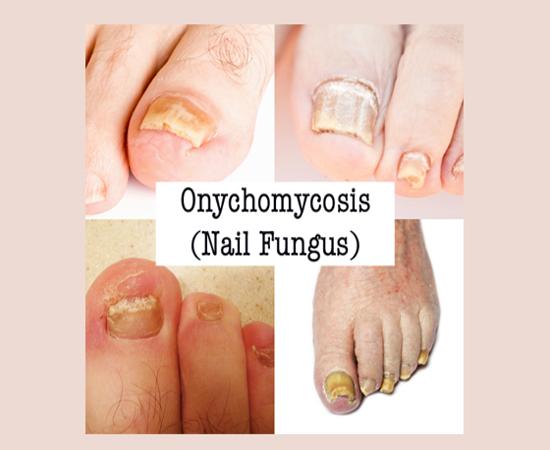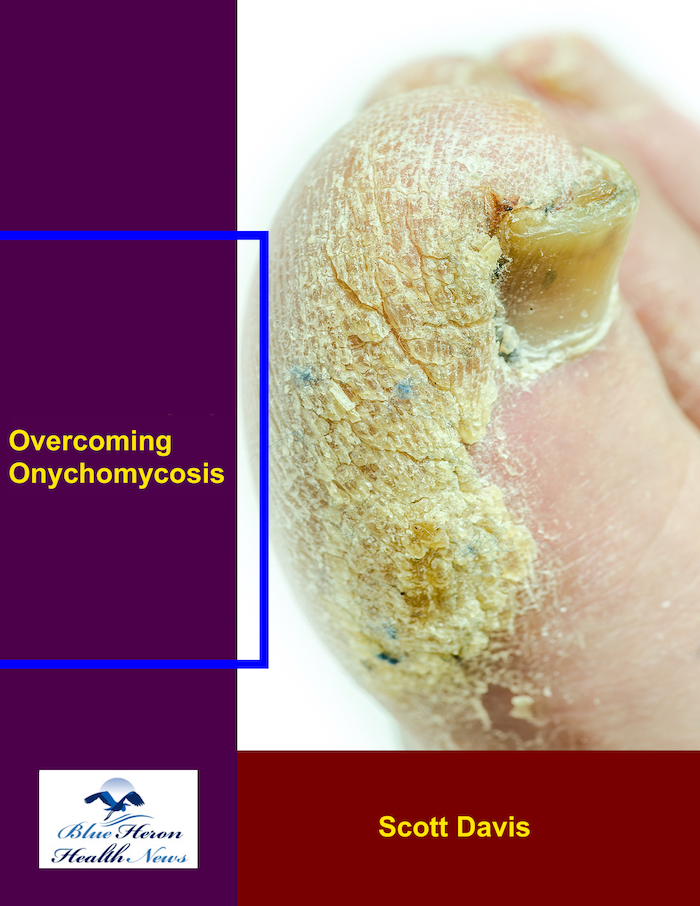Understanding and Conquering Onychomycosis – Nail Fungus
Dealing with onychomycosis, commonly known as nail fungus, can be a frustrating and embarrassing experience. It affects millions of people worldwide, causing nails to become discolored, thickened, and brittle. However, with the right approach, onychomycosis can be effectively treated and overcome. In this article, we will explore various treatment options and provide insights on how to combat this stubborn fungal infection.
The Benefits of Seeking Treatment for Onychomycosis
Effective treatment for onychomycosis nail fungus can lead to healthier and clearer nails, boosting your confidence and self-esteem. By addressing the infection promptly, you can prevent it from spreading to other nails or causing more severe complications. Additionally, treating onychomycosis can help alleviate any discomfort or pain associated with the infection, allowing you to go about your daily activities without hindrance.
Detailed Explanation of Onychomycosis and its Treatment
Onychomycosis is a fungal infection that affects the nails, most commonly the toenails. It is caused by various types of fungi and typically thrives in warm, moist environments. To effectively treat onychomycosis of the nails, a combination of topical and oral antifungal medications may be prescribed. In severe cases, surgical intervention or laser therapy may be recommended to remove the infected nail tissue.
Frequently Asked Questions about Onychomycosis Treatment
1. What are the typical symptoms of onychomycosis of the toenails?
The symptoms of onychomycosis of toenails may include nail discoloration, thickening, brittleness, and a distorted nail shape. In some cases, there may be a foul odor emanating from the infected nail.
2. How long does it take to see results from treatment of onychomycosis toenail fungus?
The timeline for improvement varies from person to person. Generally, significant improvement may be observed within a few months of starting treatment, but complete resolution of the infection may take up to a year.
3. Are there any natural remedies that can help treat onychomycosis of the fingernails and toenails?
While natural remedies like tea tree oil and coconut oil may have antifungal properties, they are not considered primary treatments for onychomycosis. It is advisable to consult a healthcare professional for appropriate medical intervention.
4. Can onychomycosis of the toenails recur after successful treatment?
Yes, onychomycosis can recur, especially if the underlying conditions that predispose you to fungal infections are not addressed. Following good foot hygiene practices and wearing breathable footwear can help prevent recurrence.
5. How can I differentiate between onychomycosis and other nail conditions?
Diagnostic tests, such as nail clippings or scrapings, may be conducted to confirm the presence of fungal infection. It is essential to consult a healthcare provider for an accurate diagnosis and appropriate treatment plan.
In Conclusion
Overcoming onychomycosis – nail fungus can be a challenging journey, but with the right treatment and care, it is entirely possible. By seeking timely intervention, adhering to prescribed medications, and practicing good nail hygiene, you can effectively combat this fungal infection and regain healthy, beautiful nails. Remember, consulting a healthcare professional is key to developing a personalized treatment plan that suits your specific needs.


